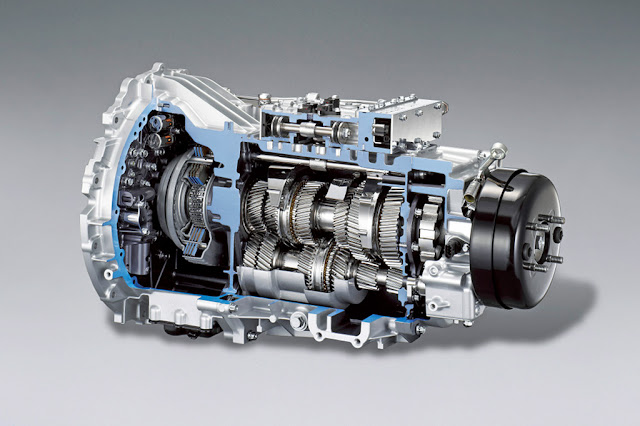Camera Modules for Space Exploration and Satellite Imaging
In the vast expanse of space, our quest for knowledge and exploration has been propelled by cutting-edge technologies, and camera modules have emerged as crucial tools in our pursuit of understanding the cosmos. Camera modules designed for space exploration and satellite imaging play an instrumental role in capturing stunning visuals of distant celestial bodies, enabling scientists, researchers, and the public to witness the wonders of the universe like never before.
Space agencies, private
companies, and research institutions have heavily invested in the development
of camera modules tailored specifically for space missions. These specialized
camera modules must overcome a myriad of challenges posed by the harsh environment
of space, including extreme temperatures, radiation, and the vacuum of space.
Engineers have crafted camera modules with robust materials and protective
encasements to ensure their resilience to these inhospitable conditions.
One of the primary objectives of
camera modules for space exploration is to capture high-resolution images of
planets, moons, and other celestial objects within our solar system and beyond.
The vivid imagery captured by these modules provides invaluable data for
scientific analysis, aiding astronomers and planetary scientists in their quest
to understand the geology, atmospheres, and surface conditions of distant
worlds. Such insights help unravel the mysteries of our cosmic neighbors and
lay the groundwork for future manned missions.
According to Coherent Market Insights, the global
camera module market is estimated to be valued at US$ 58,390.9 million
in 2021 and is expected to exhibit a CAGR of 15.2 % over the forecast period
(2021-2028).
Satellite imaging is another
crucial application of camera modules in space technology. Earth observation
satellites equipped with advanced camera modules orbit our planet, capturing
detailed images of the Earth's surface. These images play a vital role in
environmental monitoring, weather forecasting, agriculture, urban planning, and
disaster management. They provide real-time data and allow scientists and
policymakers to make informed decisions about critical issues affecting our
planet.
Moreover, the continuous
improvement in camera
module technology has led to the development of innovative imaging
techniques such as hyperspectral imaging and multi-spectral imaging. These
techniques enable satellites to capture data beyond the visible spectrum, providing
valuable insights into vegetation health, mineral composition, and pollution
monitoring, among other applications.
Interplanetary missions and
deep-space exploration have also benefited from the advancements in camera
module technology. Probes and rovers equipped with sophisticated camera modules
have been dispatched to explore the surfaces of Mars, Venus, and other
celestial bodies. The breathtaking images and videos transmitted back to Earth
from these missions ignite public interest and inspire future generations of
space enthusiasts.
Furthermore, advancements in
miniaturization have made it possible to include camera modules in small
CubeSats and nanosatellites, democratizing access to space-based imaging
capabilities. These miniaturized camera modules have opened up new
possibilities for educational and research institutions, allowing them to
conduct space-based experiments and observations on a much smaller budget.
Camera modules for space
exploration and satellite imaging have transformed our understanding of the
universe and our own planet. Through these advanced imaging systems, we can
witness the beauty and complexity of distant worlds, study Earth's environment,
and further our exploration of the cosmos. As technology continues to evolve,
these camera modules will undoubtedly play an increasingly pivotal role in
unraveling the secrets of space and expanding the horizons of human knowledge.



%20Market1.png)
Comments
Post a Comment